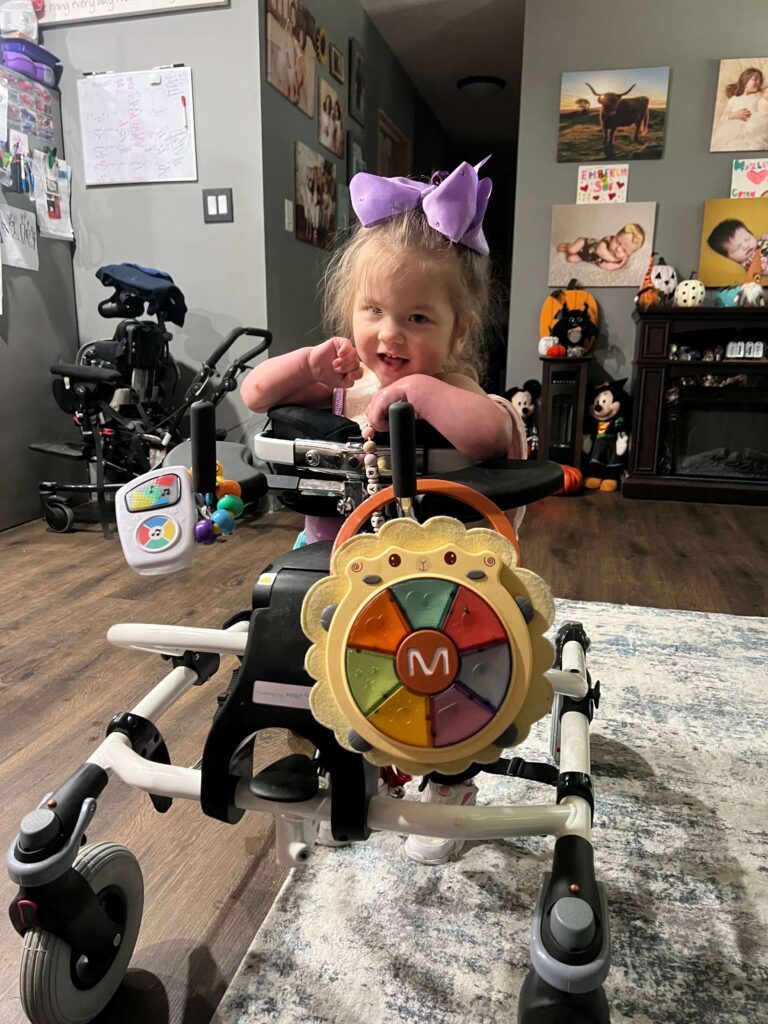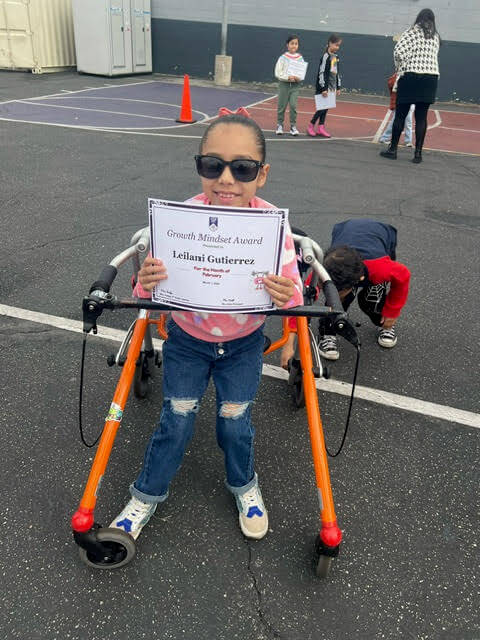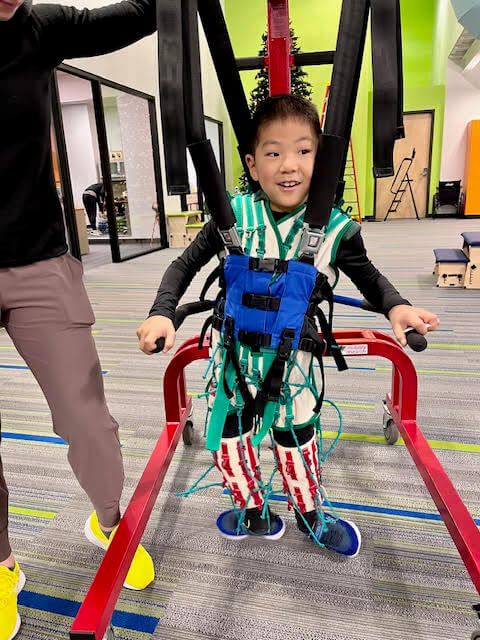Cerebral palsy (CP) is a condition that impacts an individual’s movement, balance, and posture. With “cerebral” referring to the brain and “palsy” indicating muscle weakness or difficulties, CP arises from abnormal brain development or damage during development, affecting muscle control. This condition is the most prevalent motor disability in childhood.
Effects of Cerebral Palsy
The effects of CP can vary greatly among individuals. While someone with severe CP may require specialized equipment or even lifelong assistance to walk, those with mild CP may simply exhibit a slight awkwardness in their gait without needing additional support. Many individuals with cerebral palsy may also experience related conditions:
- – Intellectual disability
- – Seizures
- – Problems with vision, hearing, or speech
- – Changes in the spine
- – Joint problems
Four Main Types of Cerebral Palsy
CP is categorized by doctors based on the primary movement disorder present. Depending on the specific regions of the brain that are impacted, individuals may experience one or a combination of the following movement disorders:
- – Stiff muscles (spasticity)
- – Uncontrollable movements (dyskinesia)
- – Poor balance and coordination (ataxia)
Spastic Cerebral Palsy
Spastic CP, affecting 80% of those with cerebral palsy, is characterized by increased muscle tone leading to stiffness and awkward movements. It can manifest as diplegia, hemiplegia, or quadriplegia, impacting different parts of the body.
Dyskinetic Cerebral Palsy
Individuals with dyskinetic CP struggle to control movements in their hands, arms, feet, and legs, hindering sitting and walking. This type of cerebral palsy encompasses athetoid, choreoathetoid, and dystonic cerebral palsies, resulting in uncontrollable, slow or rapid movements.
Ataxic Cerebral Palsy
Individuals with ataxic CP struggle with balance, coordination, and controlling movements, impacting walking and fine motor skills.
Mixed Cerebral Palsy
There are individuals who display symptoms of multiple types of cerebral palsy. One common form of mixed CP is the combination of spastic and dyskinetic CP.
Treatment For Cerebral Palsy
Early detection and intervention are crucial for enhancing the quality of life for individuals with cerebral. Treatment options often include medications, surgery, orthotic braces, and various types therapy. MPFC offers financial support for treatment that is not covered by health insurance, creating a lifelong impact on children with cerebral palsy. Our grants have enabled children like Landon, Avery, and Ella to receive vital therapy tailored to their specific needs that have greatly improved their quality of life. To support more children living with cerebral palsy, make a donation today!
Source cited:https://www.cdc.gov/cerebral-palsy/about/index.html











